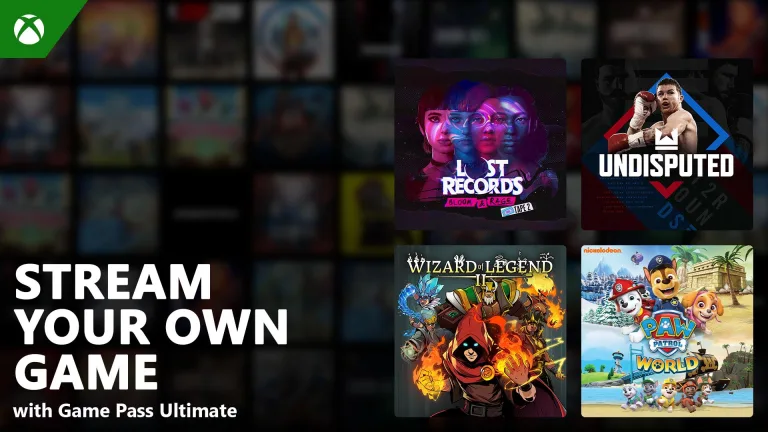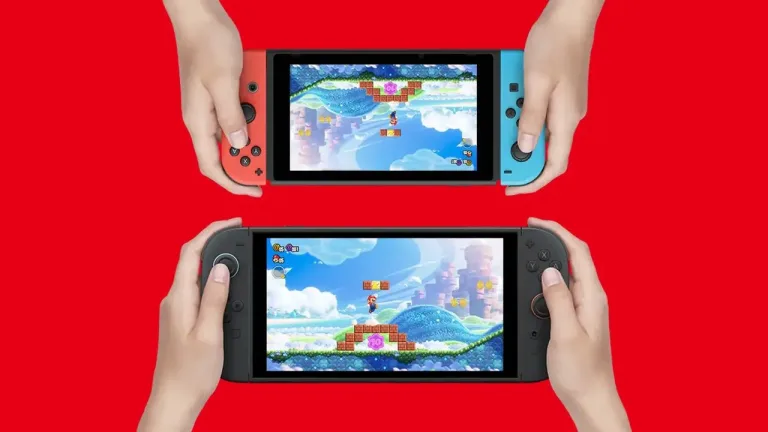Respawn Entertainment, in collaboration with Bit Reactor and EA, has officially unveiled their latest Star Wars game,...
News
One of the promises that Microsoft claimed during the Preliminary Injunction against the purchase of Activision Blizzard...
The recent cancellation of the Xbox One version of “Steam-Heart’s & Advanced Variable Geo Saturn Tribute” by...
Bloober Team, the Polish studio behind the critically acclaimed Silent Hill 2 remake, has officially released the...
Niantic, a pioneering game developer best known for its hit game Pokémon Go, has long been synonymous...
Phil Spencer, the head of Xbox, has recently reiterated his enthusiastic support for Nintendo’s highly anticipated Switch...
Microsoft has unveiled the latest updates for Xbox Game Pass in April 2025, bringing an exciting mix...
The world of Minecraft has always been about creativity, exploration, and building. Now, it seems the franchise...
Bungie has officially announced the revival of its legendary sci-fi first-person shooter (FPS) franchise, Marathon. This marks...
The Tekken franchise has long been a cornerstone of the fighting game community, evolving from its humble...











